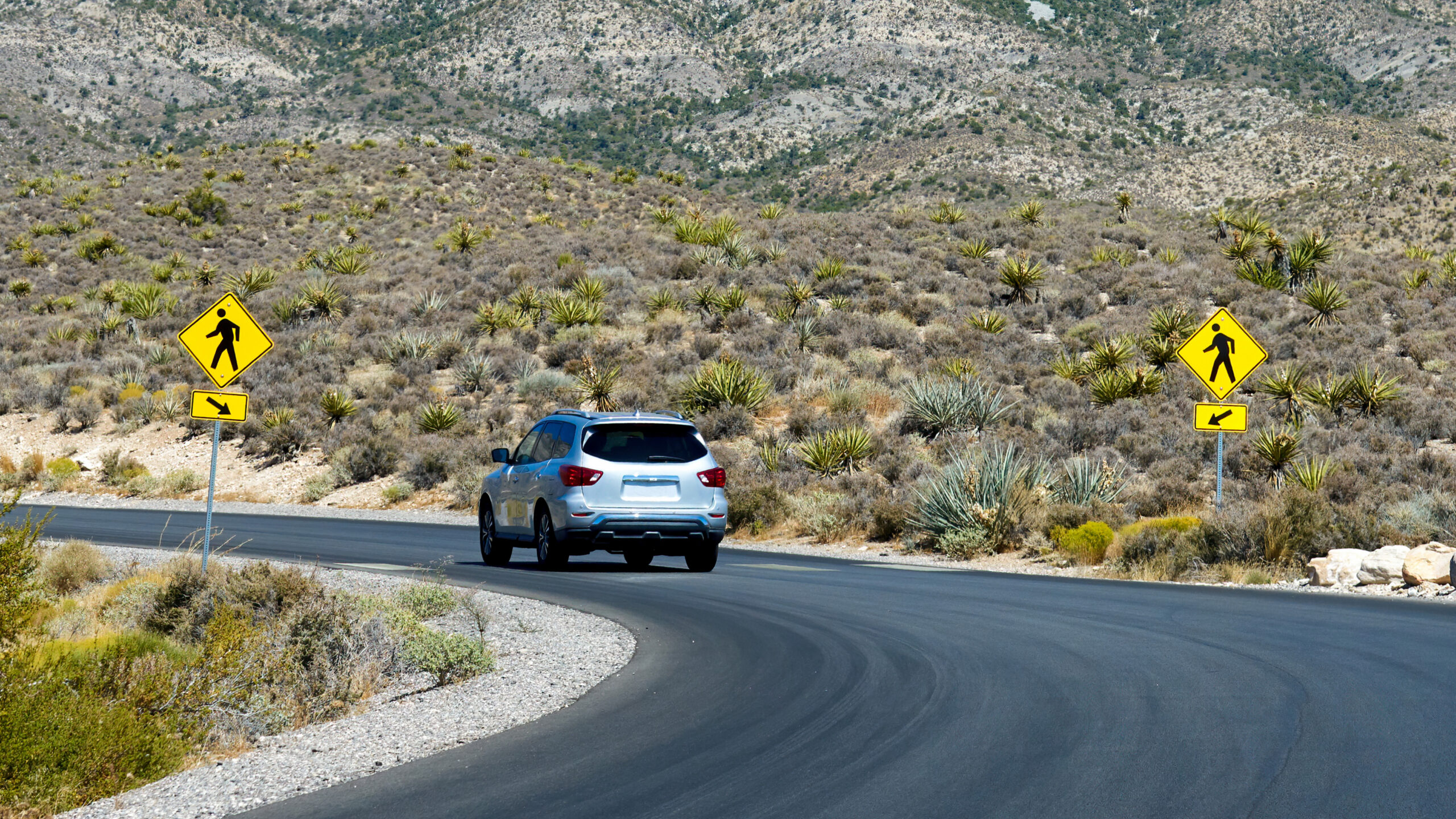Navigating the roads can be a challenging task, especially when encountering blind junctions or intersections with limited visibility. These areas pose a significant risk to drivers and pedestrians alike, increasing the potential for accidents and collisions. To address this issue and enhance safety on the road, blind junction warning lights have emerged as an effective solution. In this article, we will explore the importance of blind junction warning lights and their impact on road safety.
What are Blind Junction Warning Lights?
Blind junction warning lights are specialized lights installed at intersections or junctions with limited visibility. These lights are designed to draw attention to the potential danger ahead and alert drivers to exercise caution. Typically, blind junction warning lights are equipped with sensors that detect approaching vehicles and pedestrians, triggering the lights to activate and warn all parties of the potential hazard.
Importance of Blind Junction Warning Lights:
- Increased Awareness: The primary purpose of blind junction warning lights is to increase awareness among drivers and pedestrians about potential dangers at intersections. By providing a visual cue, these lights prompt individuals to approach the junction with caution, reducing the likelihood of accidents caused by misjudgments or unexpected obstacles.
- Mitigating Collisions: Blind junctions are notorious for accidents, often resulting from vehicles colliding due to limited visibility or failure to yield right of way. The presence of warning lights can significantly mitigate the risk of collisions by alerting drivers to slow down, stop, or yield, enabling them to make informed decisions based on the prevailing conditions.
- Pedestrian Safety: Blind junction warning lights also play a crucial role in protecting pedestrians. These lights serve as a reminder for pedestrians to exercise caution when crossing the road, especially at intersections where they may not be immediately visible to drivers. By raising awareness and reducing the element of surprise, blind junction warning lights help ensure the safety of both pedestrians and drivers.
- Reducing Traffic Congestion: Accidents at blind junctions can lead to traffic congestion, disrupting the flow of vehicles and causing delays for all road users. By alerting drivers to potential hazards and encouraging them to navigate the intersection carefully, blind junction warning lights help maintain a smooth traffic flow and minimize the likelihood of gridlocks caused by accidents.
Implementing Blind Junction Warning Lights:
The installation of blind junction warning lights requires careful planning and consideration. Here are a few key factors to keep in mind when implementing these safety features:
- Site Assessment: Conduct a thorough assessment of blind junctions and intersections to identify areas with limited visibility and high accident rates. Prioritize the installation of warning lights at these locations to maximize their effectiveness.
- Visibility and Placement: Ensure that blind junction warning lights are highly visible to approaching drivers and pedestrians. Proper placement and adequate signage can significantly enhance their effectiveness in alerting road users to potential dangers.
- Integration with Existing Infrastructure: Integrate blind junction warning lights seamlessly with existing traffic management systems, such as traffic lights or signage. This integration ensures a comprehensive approach to enhancing safety at blind junctions.
- Regular Maintenance: Establish a maintenance schedule to ensure that blind junction warning lights are in proper working condition. Regular inspections and repairs, if necessary, will help maintain their effectiveness over time.
Blind junction warning lights serve as a vital tool for enhancing safety at intersections and junctions with limited visibility. By increasing awareness, reducing the risk of collisions, and promoting pedestrian safety, these lights play a significant role in minimizing accidents and improving overall road safety. The implementation of blind junction warning lights, coupled with responsible driving and adherence to traffic regulations, can contribute to safer roads for all users.











